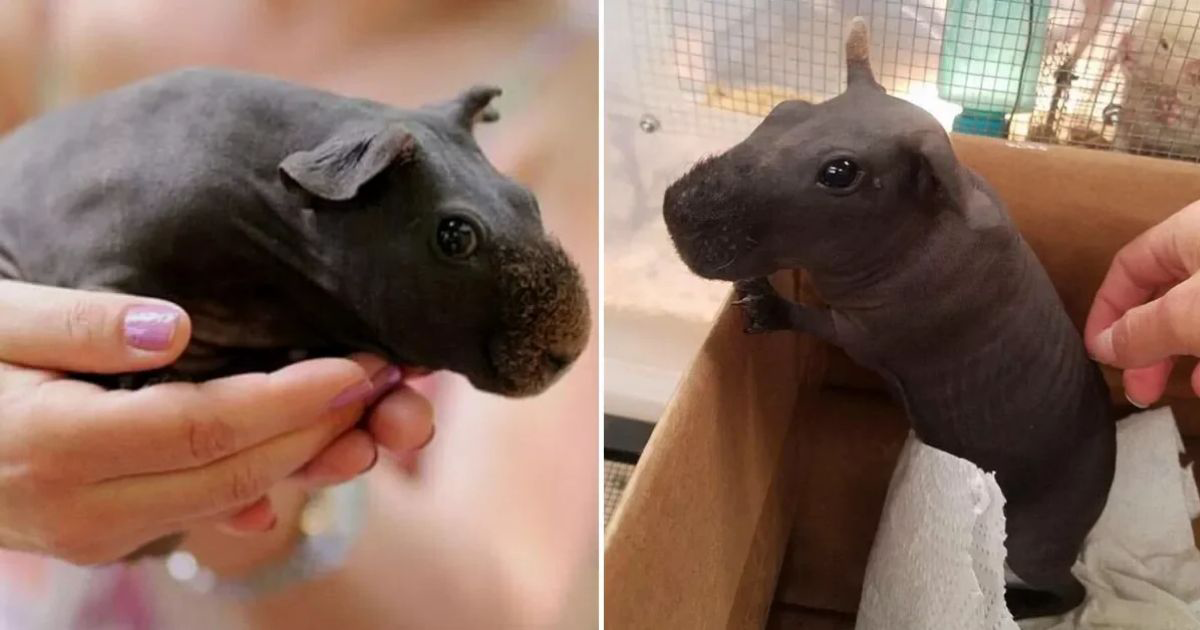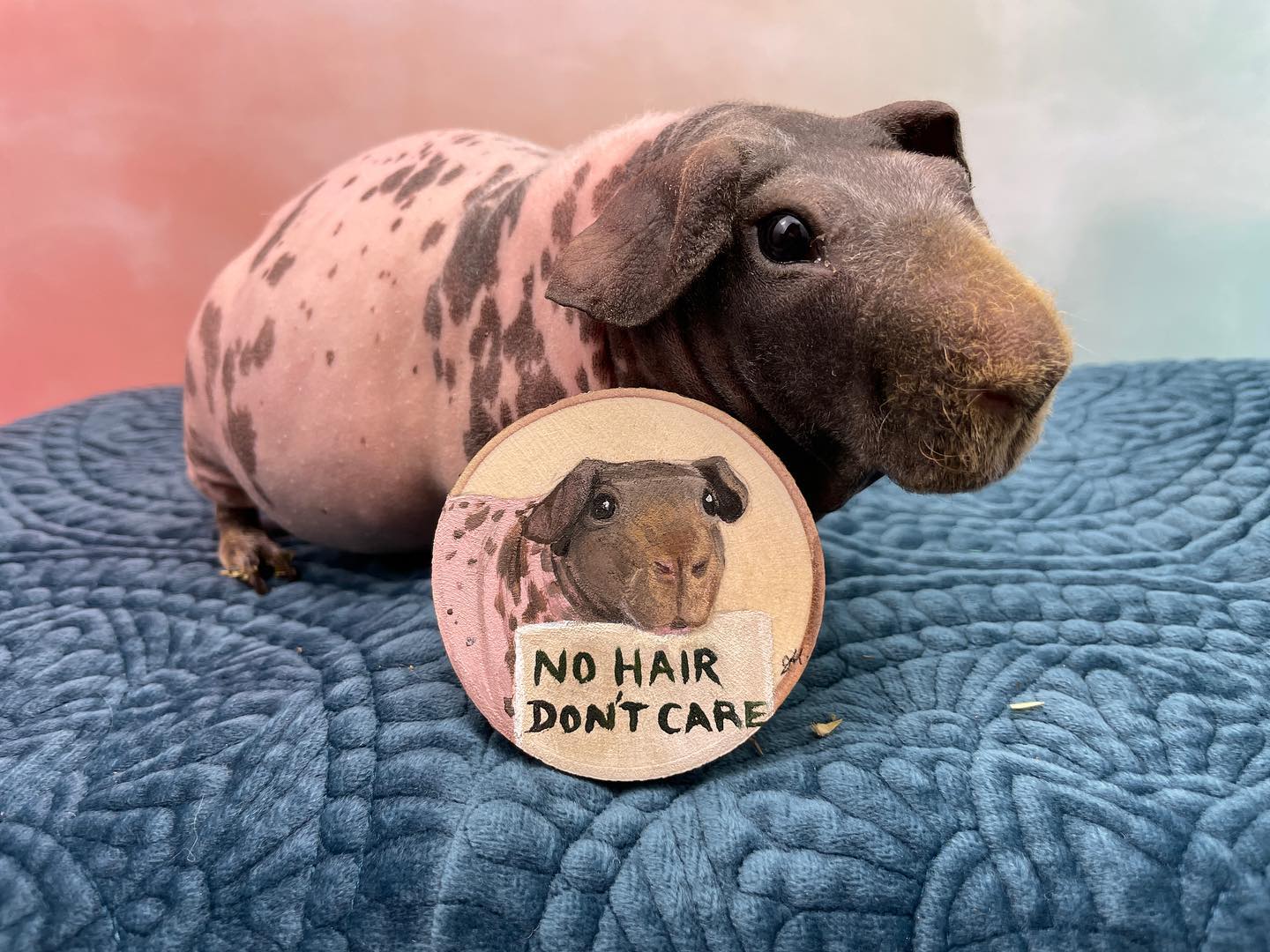Did you ever get to see a baby hippopotamus when you were younger? If you don’t know about them, you should look them up right away on Google because they are so cute. Their cute, round bodies are so easy to squeeze that you’ll wish you could keep one as a pet. You can certainly do that. This is by no means a real young hippopotamus. That’s probably not only dangerous but also illegal. On the other hand, something called a “skinny pig” is a great pet. The skinny pig is a complete lie. It is neither skinny nor a pig.
Cavia porcellus, which are often called “skinny pigs,” is a type of guinea pig that has almost no hair.
They look a little bit like hippopotamuses, but they are much smaller.
And who among us wouldn’t want a small hippo as a pet? There are a lot of people here!

Some people thought “house hippos” were real after seeing a public service announcement (PSA) made by the Concerned Children’s Advertisers.
They made a fake commercial for a product called “House Hippos” to show people that not everything they see on TV is true.
Even though there is no such thing as a house hippo, there is such a thing as a skinny pig, and the two are very similar. Skinny pigs have some fur on their face and legs, but other than that, they don’t have much hair.
Because of this, Squeaks and Nibbles says that they should be kept as indoor pets because they need to be warm and safe.
Skinny pigs aren’t a real type of animal.
Scientists made these creatures after they found the mutation that causes baldness. They did this so they could use them in research. Since they didn’t have hair, it was much easier to test things on them.
Skinny pigs are about an inch shorter and weigh between one and two pounds less than guinea pigs because they don’t have fur. They are between nine and twelve inches long and weigh between one and two pounds.
Since some of their ancestors had hair, they come in many different colors. So, if you put a guinea pig with red hair and a hairless albino guinea pig together, you can get a hairless, red-skinned, skinny guinea pig.
The most common type of skinny pig is one with a black coat and a “Dalmation” pattern.
People in Europe and North America have become more interested in having skinny pigs as pets in their homes over the past few years.
People say that skinny pigs are “very social.” They are happiest when they have a friend, whether that friend is a skinny pig or a guinea pig with hair. People don’t think of hairy guinea pigs as being “highly social.”
Skinny pigs are vulnerable to the cold because they don’t have hair. They need blankets and other warm things in their living spaces. Skinny pigs need room to move around in their living areas.
In a small pig cage, it’s better to use a bedding material that isn’t too hard, like fleece, rather than wood chips.
They are also more likely to get dermatitis and other skin conditions because they don’t have hair to protect their skin.
On the other hand, since they don’t have hair, they don’t have to wash their bodies as often. Most people agree that the average length of life for a skinny pig is between five and seven years.
So, before you buy a skinny pig, you should make sure you can give it the care it needs. You should also think about whether or not you want to help breed an animal that might not be as healthy as the guinea pig.
In our opinion, the best way to buy a baby guinea pig is to choose one that has been bred with health as the number one priority. The same is true for any animal, of any breed,
Squeaks and Nibbles advises.
So, it might be best not to choose one bred simply for the color, the coat, or the lack thereof. But, instead to choose for the betterment of the breed. And of course, to provide the best quality of life for the new baby.
Know more about skinny pigs here.










